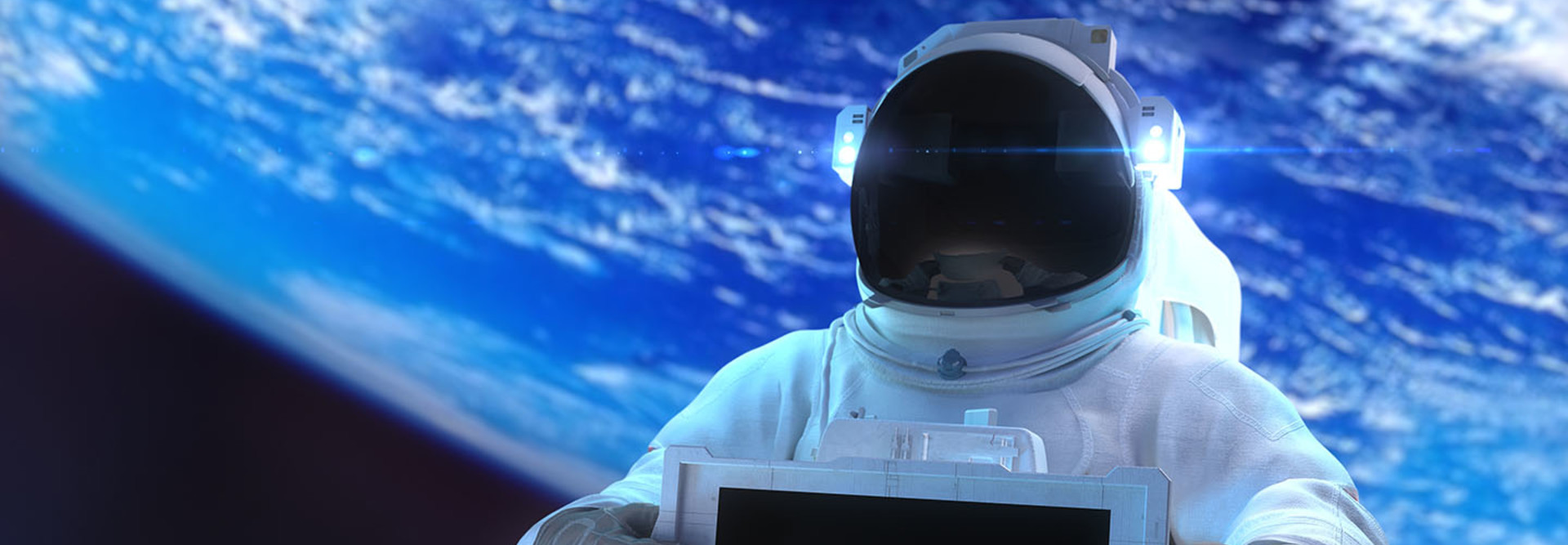HIMSS 2018: How NASA Deploys Telehealth to Care for Astronauts
Much of what makes up a good telehealth program is the ability to deliver high-quality care advice to individuals from a distance. That's especially necessary for astronauts on board the International Space Station, since the closest medical doctor is a rocket-ship ride away, back on Earth.
"Telemedicine really is our only resource," said Shannan Moynihan, deputy chief medical officer for the NASA Lyndon B. Johnson Space Center, during a March 8 session at HIMSS 2018 in Las Vegas. "Unfortunately, we don't get to go make house calls. I've tried that — it didn't fly."
Moynihan, and Michelle Frieling, the department manager for flight and medical operations at KBRwyle, dissected the role of telehealth in providing treatment for astronauts, particularly noting the importance of using ultrasound technology and a video connection.
"Ultrasound is a great modality for us in orbit," Moynihan said. "We don't have an X-ray machine, an MRI or anything like that, so this is our go-to piece of hardware when we're trying to get some data."
Color-Coding Helps to Train Astronauts
The crew on board is trained on a modified, color-coded ultrasound machine, but only receives about 40 to 60 hours of instruction as early as two years prior to the launch, according to Frieling.
The color coding, in particular, really helps the astronauts orient themselves and get to the button pushes faster since it represents a universal language, she added.
"Remember, you might be training a fighter pilot, you might be training an engineer, because they're going to be the ones operating this," she said. "They might be American, they might be Russian, Japanese, European or Canadian. So being able to tell somebody 'I need a purple, two, up arrow' or 'I need you to push the green three button' is much faster than expecting them to fully understand the entire keyboard."
In addition to video equipment to help send information to doctors on the ground who guide the crew, the astronauts are also equipped with an IP phone.
"A lot of times I'll just get a cellphone call and it'll be from the crew on orbit," Moynihan said. "When we first got this capability up, I wouldn't just answer it because I was screening my phone calls. Then I realized that there are certain area codes you need to answer."
All videos also are privatized and routed to a secure backroom for only flight surgeons, remote guiders, and in some instances, researchers to view.
"That's not video we want to go out to the public at-large via NASA TV, or even to the greater Mission Control Center community," Frieling said. "We take protecting privacy very seriously."
SIGN UP: Get more news from the HealthTech newsletter in your inbox every two weeks!
Medicine Meets Concerns Around Microgravity
Adaptation to microgravity is one of the biggest concerns both from a health and a training perspective. For instance, while a headache is a common complaint heard from astronauts, the cause of that headache might not be all that common, Moynihan said.
"For us, we have to think about maybe … there's been some elevated CO2 exposure, and that could be the cause of the headache they have," she said. "If it's during their first couple of weeks on orbit, perhaps they have some fluid shifts going on that are causing the headache. We're thinking about the common reasons, but also the not-so-common ones."
With regard to training, the crew must learn how to properly restrain themselves and handle tools in the new environment.
"If I push against you in microgravity, you're going to go in the other direction," Frieling said. "Making sure people know … how to do the things they need to do, how much extra time it's going to take, is very important."
For more, check out the articles and videos from HealthTech's coverage of HIMSS18.









